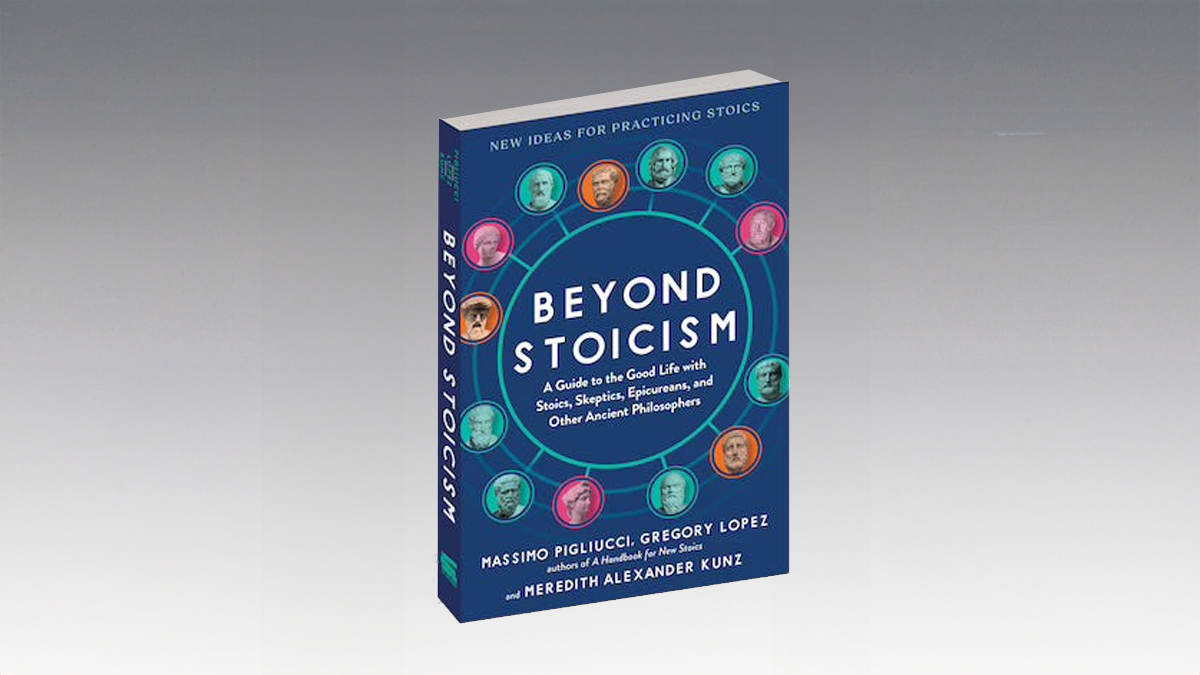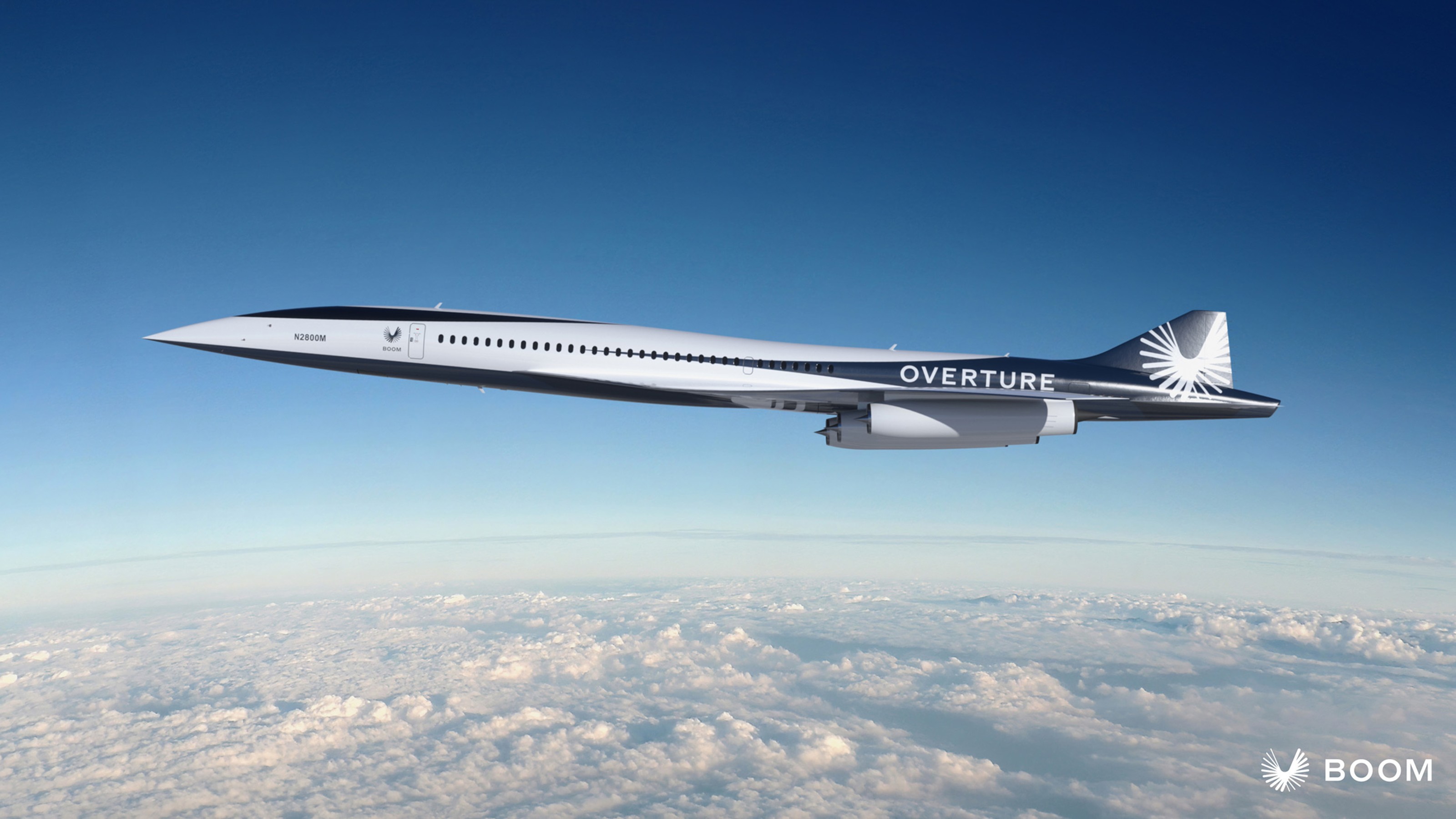The CEO discusses the challenge of managing a multi-billion dollar corporation.
Question: What kind of leader are you?
Steve Loranger: Well, I might not be the best person to answer that question, obviously, some of the folks that work for me. But a couple of things. I’m a leader, first and foremost, with a positive attitude. I believe as a matter of fact but I also believe as a matter of philosophy that are best years are ahead of us. I’m a leader who is not always accepting of the status quo. Everywhere I look, I see opportunity for improvement.
And I do try to drive improvement strategies everywhere we go, hopefully, directly lined to the needs of the customer. Third of all, I am a leader who believes in our people. It’s nice for me to sometimes stand up and represent the corporation. But without a strong team of smart people with the right culture, people who are motivated and fulfilled by what they do, the entire company will never be successful.
So my job and my leadership is to maintain a proactive anticipation around the future to make sure that it’s compelling, that people see the vision of where we’re going, and then to have the people in the organization that are able to… who want to follow in the sort of compelling and inspired way. And that is one of the dimensions of leadership that, I think, I bring. I try to… I’d say, I will just finalize by saying, I think I’m a leader that serves the people. Sometimes, people thank me for my time. I’m quick to say, no, this is my job. This is my job to help you do your job in whatever way. Don’t ever hesitate to call. If there’s an issue or challenge you’re working on, I’m always available to be able to assist because that way, I can serve the people in the best way.
Question: How do you manage a business across many different industries?
Steve Loranger: Well, that is an intense challenge. In the sense, that is, my job is different maybe from a pure player on a highly concentrated business where the CEO can be very, very personally involved in the details of the strategy. In my case, I’m not always involved in the details of every one of our strategies. We have easily 15 different businesses in our company. And not only different businesses but different in markets and different types of business, commercial, military, long cycle, short cycle, automotive, aerospace, and so forth as I mentioned.
And it really is impossible for me to have a detailed view of every strategy. But my job then, to specifically answer your question, is I got to have the right people. I got to have the right people using the right processes, and my approach to creating discipline, accountability, and good quality in terms of this strategic decision-making is to use good processes.
I do insist on everyone using good strategic planning processes to make sure that they do a good job of analyzing who they are, what markets they serve, what the customers want, what the competitive technical capability is and then, constructing actionable and effective execution plans that are accountable so that we can actually get something done. If we got… From my job then, if we got good people I can trust and I see that they’re using a good process, albeit populated with their data, then I feel confident that we’re driving the strategy in all these different markets. So, again, I think I’m saying that where I don’t have the detailed view of every strategic detail on the company, I then substitute good leadership and good processes to make sure that those are effectively deployed in the company.
Question: How do you find and retain the most talented employees?
Steve Loranger: I think that’s one of the most important questions in leadership because that is, if we can do that well, a lot of other things take care of themselves. Most of those people already work for you and they work for other companies. So the question is, how do you identify the talent, how do you assess their potential, and how do you, then, give them an opportunity to grow and develop. So I do spend a lot of time trying to answer those questions, getting to know a lot of people. And then, understanding whether somebody is either just capable to execute their current job or whether they have an aspiration to make their job better.
So when you find that appetite, when you find somebody who has a learning capacity that demonstrates that there’s a desire to go beyond what they’re currently doing, in fact, creating some strategic change, that’s the piece that I’m really looking for, when does somebody demonstrate that internal initiative to go a little bit farther than the next person. And then, when you identify those people, you give them more to do. You promote them. You expand their responsibilities and you help them.
So, developing talent and trying to find the talent that’s got the aptitude and the attitude to go farther is very, very important. Obviously, we hire on the outside as well. I would like to say that we hire most of our executive jobs, 80%, 85% are probably internal hires but we do hire on the outside. The outside hire is more difficult because you, then, have to rely on references and sometimes, you only get an hour, hour and a half, couple of interviews with a person. So it’s a much… it’s a much more difficult assessment. And you got to assess on the basis of references and, of course, your stomach. But finding those people who work for you, that want to do more and give them a chance is really a wonderful formula.
Question: What is one business challenge you have overcome?
Steve Loranger: One of the most challenging business decisions I made was a year and a half ago, to significantly expand our defense portfolio. We were at a time when our defense portfolio was relatively a strong piece of our business. And we really had a desire to grow our fluid technology business on a global basis. But we had an opportunity to create four or five strategic advantages in our defense with the acquisition of another company that was called EDO, a company that we did acquire, was the largest acquisition we ever made.
So it was a high risk acquisition because we were going into a defense cycle that we were concerned about going down, as you mentioned before. And also, was in a piece of the portfolio that we weren’t sure we want to expand disproportionately to other pieces of our portfolio. And the evaluation was in, as always, in all these deals, a tough challenge. So the first decision we made was to get very, very honest about the strategy and honest with the customers, honest about what we could really do.
So I would say the pre-due diligence work to really understand what that company had of real strategic value in its portfolio and then couple with what we would really do about it, how we would actually run it, what the probability of success was, and what the integration plan was to accomplish that was very, very significant. We spent literally, a year or more. And, certainly, the last couple of months, just really, intensely, understanding that component. Obviously, when we made the transaction, we negotiated the best value that we had.
But the third; we negotiated the best value that we could. But the third issue was to have pervasive and very strong leadership in integration plans. And I’m pleased to say today that we have EDO facilities, previously EDO facilities that are in the ITT fold today, that you would feel, were part of the ITT family for the last 50 years. We have technologies that have transition boundaries between the previous EDO and the ITT, where we’re creating greater value for our customers. And we have leadership communication, leadership principles and talent development that’s also going cross boundaries. And we have connected IT systems.
This sort of relentless and very, very significant integration focus was one of the things that really created value for us. Today, we couldn’t be happier with the acquisition. We got the cultures together. We got the technologies aligned. We’ve resolved some customer satisfaction issues. And we’ve exceeded our revenue and our cash flow objectives with this acquisition. But going into it, what we understood was a great deal of risk. But I would say, good discipline and accountability and the execution was really what paid off. And our defense team just did a great job.
Recorded on: May 13, 2009





